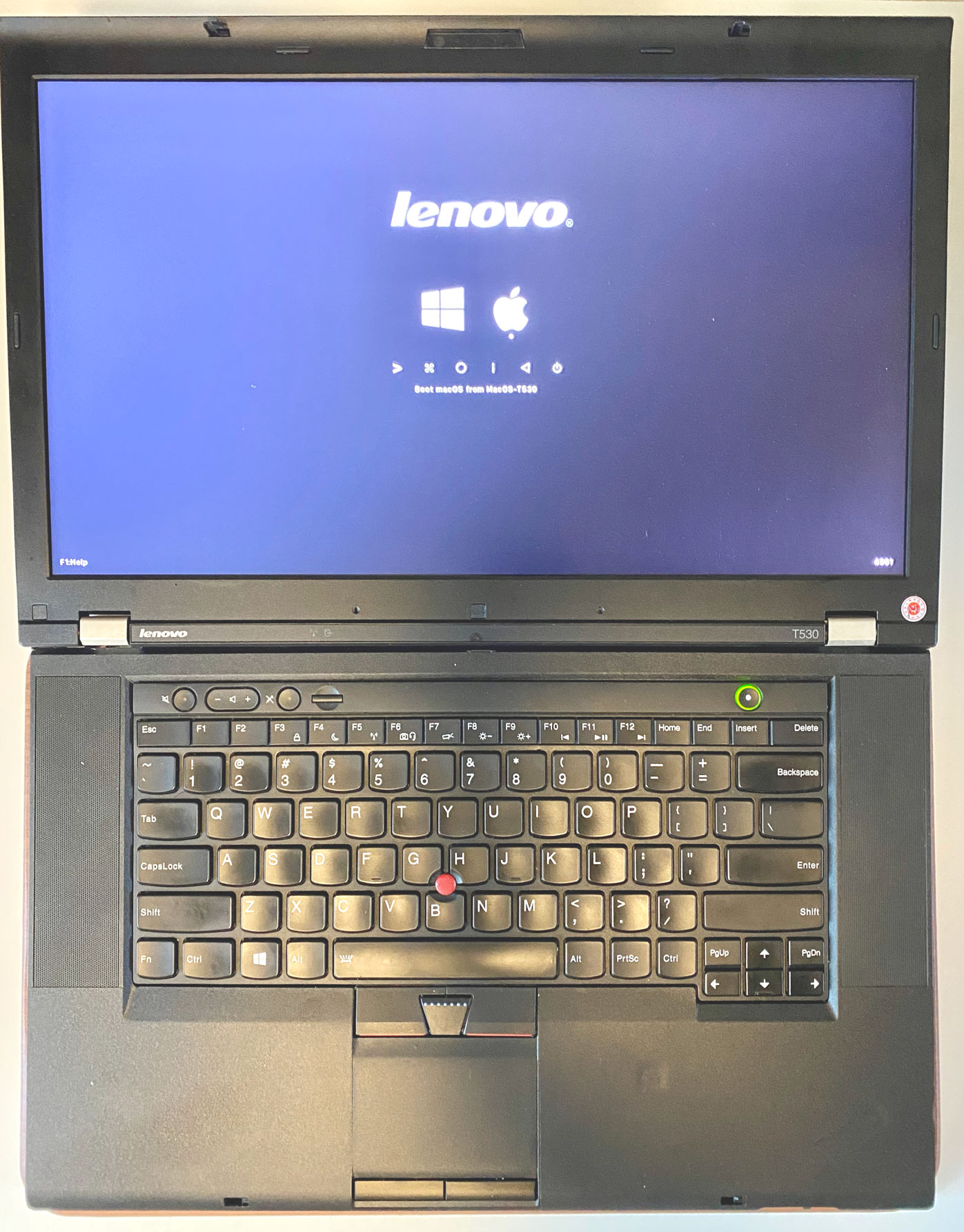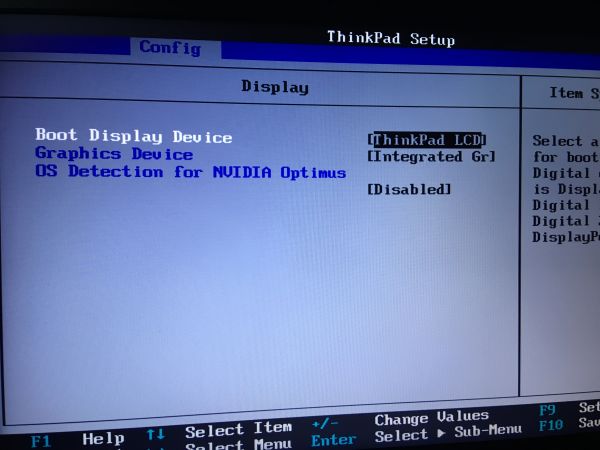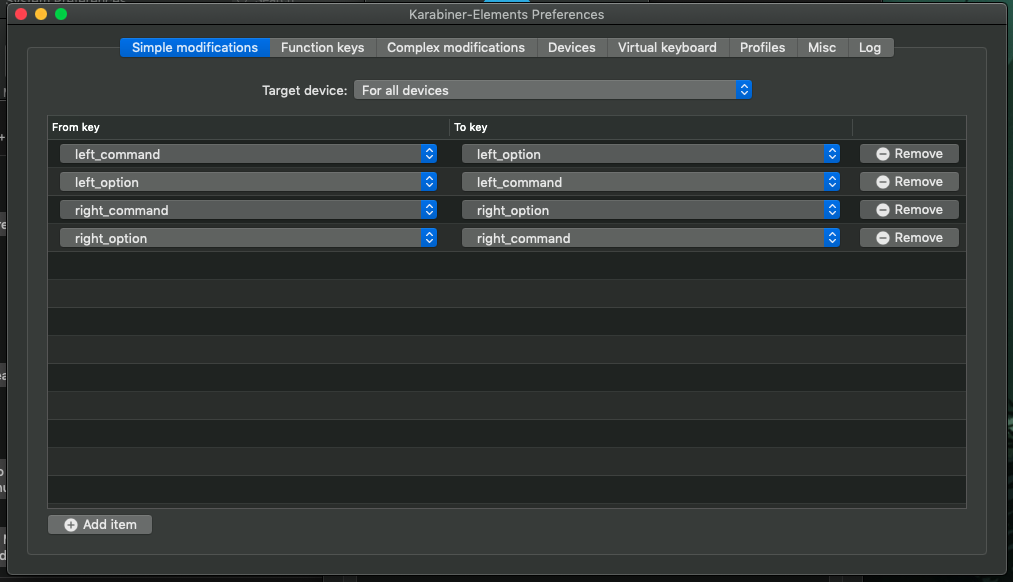Success: ThinkPad T530 Hackintosh Setup
I know you badly need the ThinkPad T530 EFI folder or Clover configuration file ASAP. Can we start with a backstory though?
Update: I've published a new guide to install macOS Catalina on ThinkPad T530.
Back at my ThinkPad T530. I love this beast of a machine. It's easily capable of handling eGPU (GTX 9604G & 750Ti), and MacOS for work. The device performs similar to a mid-2015 MacBook Pro. Also, note that I don't prefer Catalina at the moment, so my EFI folder is only applicable to the latest build of Mojave.
So here we go. Don't forget to fork or star my GitHub repo, it's your call.
My ThinkPad T530' Specs: i7 3740QM, 16GB Memory, 256GB SSD + 256GB SSD + 1TB HDD, NVIDIA NVS 5400M (N/A for Hackintosh)

The Launchpad

The Display Resolution Settings

What Doesn’t Work?
- Inbuilt WiFi card.
- MiniDP
- Fingerprint reader
- Card reader.
#README
- Proceed with caution.
- EFI folder is N/A for Opencore bootloader. Go ahead though, if you know what you're doing.
- EFI-swap recommended. I haven't tested these settings against the latest version of Clover.
- The EFI folder is applicable for Vanilla approach and SSD hot-swap (just replace/paste EFI folder - not recommended though.)
Dude, what's an SSD hot-swap?
It's a half-arsed practice. This involves installing macOS Mojave on a real MacBook Pro and moving its SSD to the T530 after editing the EFI folder. It's wise to choose a machine similar to ThinkPad T530 in terms of CPU and screen resolution, eg: mid-2012 MacBook Pro.
Download The EFI folder for ThinkPad T530
Use the BIOS settings as mentioned below.
Disable dGPU: The process is quite simple. Go to BIOS Setup -> Config -> Display and set the Graphics Device as “Integrated Graphics.” Also, disable the OS Detection for NVIDIA Optimus. Make sure it looks like the attached image below. Then, select Save & Exit.

Select UEFI Only: Go to BIOS Settings → Startup, select UEFI only.
Disable CSM Support: Do this if the USB doesn't boot initially. Go to BIOS Settings → Startup, disable CSM support.
ThinkPad T530 macOS Mojave - Vanilla Installation Guide(s)
It doesn't matter if you own a real Mac or not. I'll share the installation guide for both macOS and Windows.
How to create a bootable macOS Catalina 10.15 USB install drive? (on macOS)
Step 1: Refer to this guide from 9to5mac.
Step 2: Download and install Clover to USB. Refer to this article for clarity.
Step 3: Install Clover Configurator, and mount the EFI partition. Then replace the EFI folder with the one on my repo.
How to create a bootable macOS Catalina 10.15 USB install drive? (on Windows)
Step 1: Install Transmac on a Windows machine. It has a 15-day trial period and works flawlessly flashing DMG files to USB.
Step 2: Download the macOS 10.14.X with clover dmg file from here or other sources you come across Google SERP.
Step 3: Download the EFI folder in my GitHub repo.
Step 4: Download Clover Configurator for macOS (latest version).
Step 5: Connect a 16 GB USB flash drive.
Step 6: Open Transmac. In the left pane, right-click the USB Drive and select Format Disk for Mac
Again in the left pane, right-click the USB Drive and select Restore with Disk Image. Then select the DMG file I mentioned in (2). The flashing process will take a few minutes depending on the size of .dmg and speed/port of the USB drive.
Step 7: Install DiskGenius.
Step 8: Locate the USB drive in DiskGenius. Delete the EFI folder and replace it with the new EFI folder. Refer to this part of a YouTube video for clarity.
Step 9: Plug the USB drive into the ThinkPad T530 and boot from USB.
Step 10: Format the disk drive to APFS, install macOS Mojave and restart the system.
Step 11: Connect the Hackintosh system to the Internet via LAN cable, USB tethering or a Mac-compatible external WiFi adapter.
Step 12: Download & install Clover Configurator on MacOS. Open EFI partition and copy -> paste the EFI folder once more.
You may use Karabiner-Elements if the keyboard mappings (command and option) are acting up.

All the best!